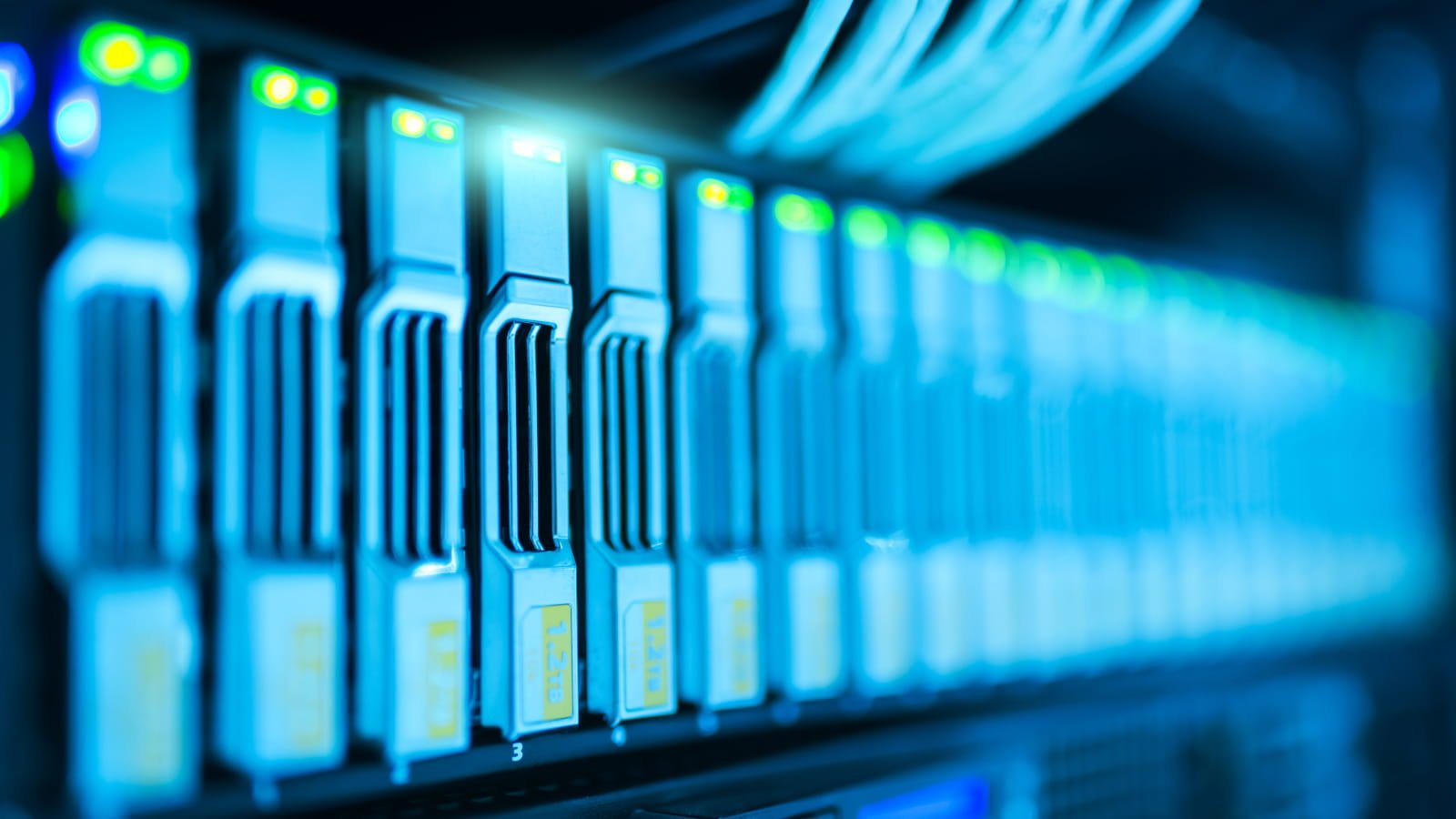- cross-posted to:
- [email protected]
- [email protected]
- cross-posted to:
- [email protected]
- [email protected]
Hi all,
As self-hosting is not just “home-hosting” I guess this post should also be on-topic here.
Beginning of the year, bleeping-computers published an interesting post on the biggest cybersecurity stories of 2023.
Item 13 is an interesing one. (see URL of this post). Summary in short A Danish cloud-provider gets hit by a ransomware attack, encrypting not only the clients data, but also the backups.
For a user, this means that a senario where, not only your VM becomes unusable (virtual disk-storage is encrypted), but also the daily backups you made to the cloud-provider S3-storage is useless, might be not as far-fetches then what your think.
So … conclussion ??? If you have VMs at a cloud-provider and do daily backups, it might be usefull to actually get your storage for these backups from a different provider then the one where your house your VMs.
Anybody any ideas or remarks on this?
So … conclussion ???
Have backups.
Only 2 copies of your data stored in the same place isn’t enough, you want 3 at minimum and at least 1 should be somewhere else.
What if the data is leaked/compromised?
That’s why you use encryption.
Backups are usually encrypted from most popular backup programs, either by default or as an option (restic, borg, duplicati, veeam, etc…). So that would take care of someone else getting their hands on your backup data.
I never store my actual files on a cloud service, only encrypted backups.
For local data on my devices, my laptop is encrypted with bitlocker, and my Android phone is by default. My desktop at home is not though.
Easy, I always mirror my cloud. My setting is: cloud is extern and in my network there is always the same copy of everything on a simple smb-nas.
-
My house burns to the ground (or easier, the NAS is broken) = online backup
-
The online provider got hacked = No problem, I have an backup at home.
-
The hackers burned my house down at the same time they killed my cloud = Well fuck.
PS. Since the most syncs are going directly to the cloud its just an rclone cronjob every night to backup everything on the NAS.
-
I am my cloud provider. Don’t have duplicate copies of my server yet so I guess I’m kinda fucked.
Well, based on advice of Samsy, take a backup of home-server network to a NAS on your home-network. (I do home that your server-segment and your home-segment are two seperated networks, no?) Or better, set up your NAS at a friend’s house (and require MFA or a hardware security-key to access it remotely)
But man, I’ll be able to amend all those TODO items that have been accumulating of the last 12 months and fix all those issues while rebuilding my raid.
I mean that’s only if my GITs aren’t hijacked during the ransomware attack.
And I mean, I’ll probably just push the same config to my server and let it on its merry way again.
Acronyms, initialisms, abbreviations, contractions, and other phrases which expand to something larger, that I’ve seen in this thread:
Fewer Letters More Letters DNS Domain Name Service/System IP Internet Protocol NAS Network-Attached Storage NAT Network Address Translation
4 acronyms in this thread; the most compressed thread commented on today has 5 acronyms.
[Thread #410 for this sub, first seen 8th Jan 2024, 07:45] [FAQ] [Full list] [Contact] [Source code]
haha
“the cloud” does not change the fact that if you data does not reside in 2 physical locations you do not have a backup.
so yes, standard practices that have existed… well, since the beginning, still apply.
Well, the issue here is that your backup may be physically in a different location (which you can ask to host your S3 backup storage in a different datacenter then the VMs), if the servers themselfs on which the service (VMs or S3) is hosted is managed by the same technical entity, then a ransomware attack on that company can affect both services.
So, get S3 storage for your backups from a completely different company?
I just wonder to what degree this will impact the bandwidth-usage of your VM if -say- you do a complete backup of your every day to a host that will be comsidered as “of-premises”
if you backup your vm data to the same provider as you run your vm on you don’t have an ‘off-site’-backup, which is one criteria of the 3-2-1 backup rule.
yeah, you can use another cloud provider as backup… if you do it correctly.
personally, my disaster recovery plans dont include entire offsite VMs. i only care about data in a dr situation. so you send incremental daily backups offsite.
containers have made VMs even more irrelevant/ephemeral so focus on the data.
Dammit, I came here hoping to see at least one “I have a very special set of skills.” Oh well.
Yeah I’d cut bait, rebuild from latest tapes. But also…
I’d put the corrupted backups in an eye-catching container, like a Lisa Frank backpack or Barbie lunchbox, to put on the wall in my office as a cautionary tale.
deleted by creator
@kristoff Multicloud deployments is a thing, but far from common practice, I believe.





